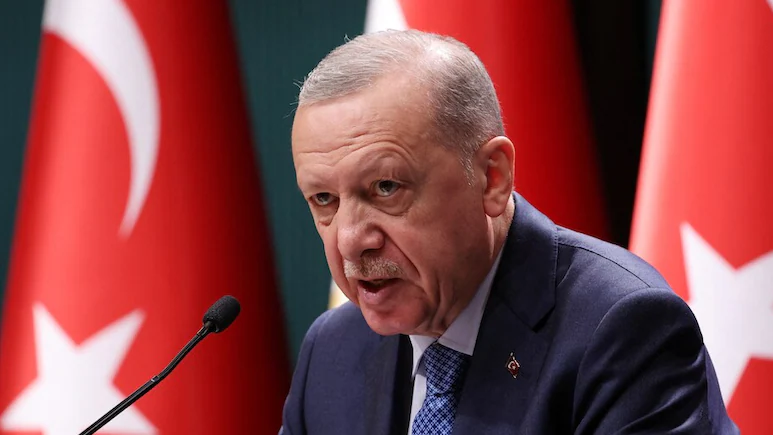
Waheguru ji ka Khalsa, Waheguru ji ki Fateh. Baisakhi is a harvesting festival celebrated widely in Bhāratiya (Indian) culture. This day is significant as in the year 1699, the 10th Sikh Guru, Guru Gobind Singh ji, created the order of Khalsa panth at a special assembly in the Keshgarh Fort at Sri Anandpur Sahib in Punjab, India.

Sikhs have been celebrating Baisakhi annually in the UK for over 50 years in the traditional form of Nagar Kirtans (street processions) to showcase aspects of Sikhi to wider communities. Nagar (town) Kirtan (singing spiritual hymns) are led by the Panj Pyare (five beloved), with the Sikh scriptural Guru, Shri Guru Grant Sahib ji, on a float as the main focus within the procession.
History of Baisakhi
Baisakhi is a centuries-old tradition. Every year at the time of Baisakhi (springtime), thousands of devotees would come to Anandpur, Punjab, to pay their obeisance and seek the Guru’s blessings. In the year 1699, hundreds of thousands of devotees had gathered at Anandpur for Baisakhi celebrations. The Guru addressed the gathering and revealed his mission to restore faith and preserve Dharma. He said that a great deed was always preceded by great sacrifice, and he demanded one head for the same.
On the Guru’s call for a head, Daya Ram, a native of Lahore (modern-day Pakistan, previously northwest India, arose and offered himself. Guru Gobind Rai ji took him into a tent beside him and, after some time, returned with his sword dripping blood. Guru ji demanded another head. This time Dharam Das, from Hastinapur (North India), emerged and followed the Guru in a tent. Three more calls for a head were made, and Himmat Rai, a water-bearer from Jagannath (East India), Muhkam Chand, a cloth printer from Dwaraka (West India) and Sahib Chand, a barber from Bidar (South India), stood up one after another to offer themselves for Guru’s cause.
After a few moments of silence, Guru Gobind ji emerged from the tent “hand in hand with the five” beloved ones in saffron-coloured clothing and nicely tied turbans on their heads. Guru ji introduced them to the audience as “Panj Pyare”, the five devoted spirits beloved of the Guru. After the Amrit ceremony (initiation), they were given the surname of Singh (meaning lion). They took a pledge to defend the helpless and fight the oppressor, to have faith in one God and to consider all human beings equal, irrespective of caste and creed. The Guru asked those five Sikhs to initiate him as well and hence known as Guru Gobind Singh.
He proclaimed that the Panj Pyare would be the embodiment of the Guru himself. Guru ji explained to the gathering that he desired the Panj Pyare to be the beginning of a new order, the Khalsa (“the Pure”). Panj Pyare henceforth will wear the symbols of the faith, abstain from alcohol and tobacco, and be entrusted with the safekeeping of the community. Panj Pyare were the first five Sikhs in the Sikh Panth.
Background of the Panj Pyare
The Panj Pyare, chosen by Guru Gobind Singh ji, came from different backgrounds and states in India. They represented a symbol of unity and strength of the community for a common cause. Guru ji advanced the abolishment of the caste system (which was prevalent during that time) when the first five initiated Sikhs, drank Amrit from the same bowl and shared it with their Guru. This act also highlighted that those manmade beliefs, such as caste, had no credence in the court of Bhagwān.

Panj Pyare
The first of the Panj Pyare to answer the call of Guru Gobind Singh jI and offer his head was Bhai Daya Singh. He was born as Daya Ram in Lahore (present-day Pakistan Punjab) to his father, Suddha and his mother, Mai Dayali, of the Sobhi Khatri clan. He was a shopkeeper. The meaning of the term “Daya” is “merciful, kind, compassionate.”
The second of the Panj Pyare was Bhai Dharam Singh. He was born as Dharam Das by the river Ganga in Hastinapur, northeast of Meerut (present-day Delhi, India) to Sant Ram and his wife Mai Sabho. He was a farmer by profession and belonged to the Jatt clan. The meaning of “Dharam” is “righteous living.”
The third of Panj Pyare was Bhai Himmat Singh. Born as Himmat Rai at Jagannath Puri (present-day Orissa, India) in a family of Gulzaree and his wife Dhanoo of the Jheeaur clan, he worked as a water carrier. Himmat Rai gave up his occupation and alliance with his Kumhar caste to become Himmat Singh and joined the Khalsa warriors. The meaning of “Himmat” is “courageous spirit.”
The fourth to answer the call of Guru Gobind Singh was Bhai Muhkam Singh. He was born as Muhkam Chand in Dwarka (present-day Gujarat, India). His father, Tirath Chand and his mother, Devi Bai of the Chhimba clan involved him in tailoring and printing of cloth. The meaning of “Muhkam” is “strong firm leader or manager.” Bhai Muhkam Singh fought beside Guru Gobind Singh ji and the Khalsa warriors in Anandpur and sacrificed his life at the battle of Chamkaur (Punjab, India) on December 7, 1705.
The fifth Panj Pyara was born Sahib Chand in Bidar (present-day Karnataka, India) and was a son of Guru Narayana and his wife, Ankamma Bai of the Naee clan. He was Barber before becoming Singh and joined the Khalsa warriors. Bhai Sahib Singh sacrificed his life defending Guru Gobind Singh ji and the Khalsa at the battle of Chamkaur (Punjab, India) on December 7, 1705. The meaning of “Sahib” is “lordly or masterful.”
In Sikhism, the Panj Pyare stand as revered figures, embodying the spirit of courage, a source of inspiration and guidance, devotion, and selflessness that define Sikh ideals. Since 1699, the Panj Pyare have played a central role in various Sikh ceremonies and rituals.
First Panj Pyare of Khalsa Panth not only represented their geographical origin from the North (Punjab, Delhi), East (Orissa), South (Karnataka), and West (Gujarat) of India but also characterised their different socioeconomic status, spoken languages, cultures, and beliefs of diversified India. This is the beauty of the Bhāratiya (Indian) cultural value system, where the “unity among diversity” thread binds all Indians together for any mission.









